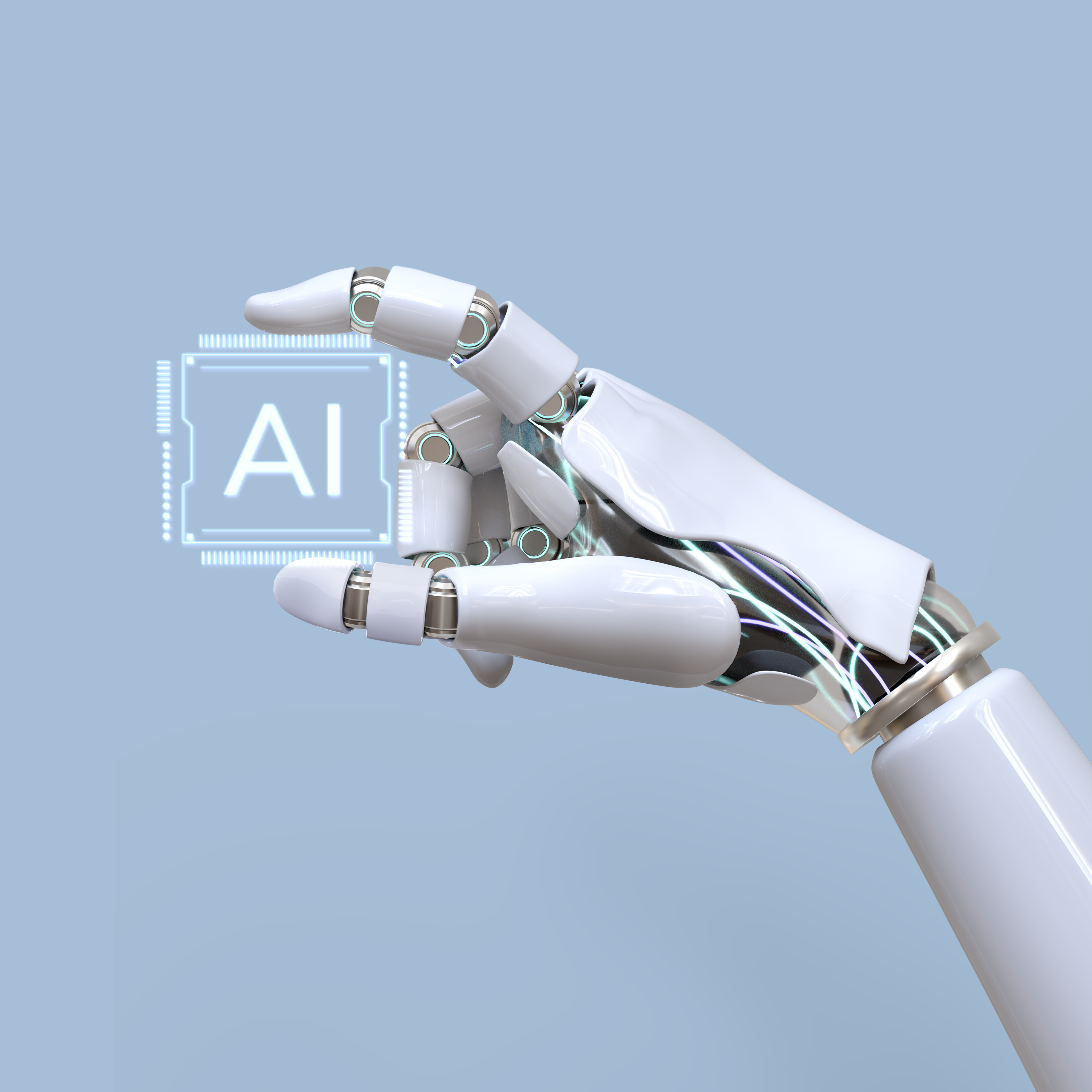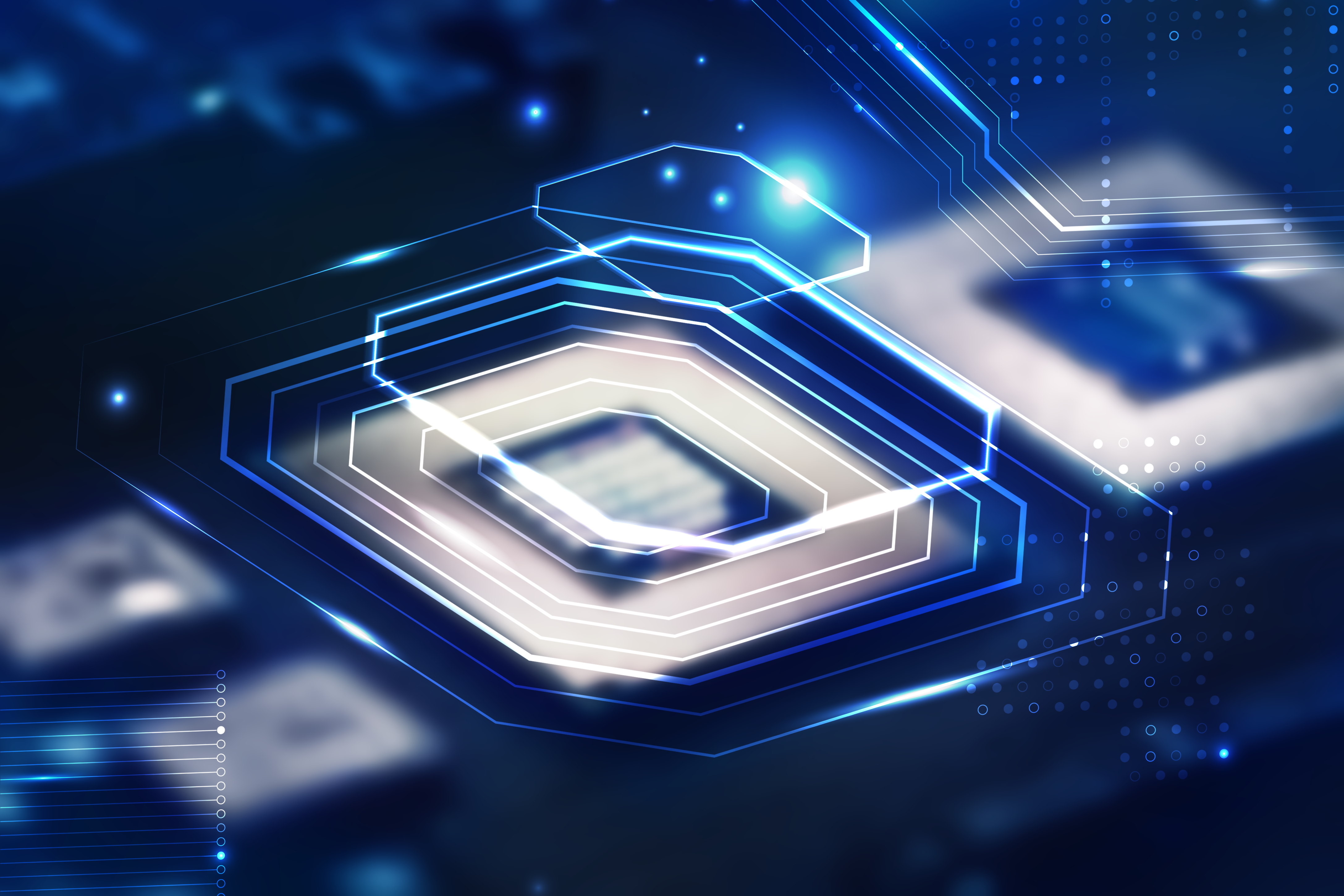Alibaba’s Hong Kong shares rose over 15%, their most significant single-day gain since early 2023, following strong AI revenue growth. AI-related sales surged triple digits, and the cloud division grew 26% to 33.4 billion yuan ($4.7 billion), exceeding expectations and driving expansion.
The results underline Alibaba’s transformation from a retail-heavy company into a diversified technology player. Analysts say AI is now a central growth driver, with cloud and AI offerings boosting investor confidence despite price war pressures from JD.com and Meituan.
Alibaba is investing in AI hardware and developing proprietary chips to reduce reliance on foreign semiconductors. The strategy aims to build faster, cheaper, and more secure AI systems for domestic and international markets, including Lazada and AliExpress.
Experts view this calculated self-reliance and strong cloud and AI services as a long-term growth driver.
While retail rivals continue to struggle with profit pressure, Alibaba’s leadership has emphasised AI as a core strategic focus.
CEO Eddie Wu emphasised ambitions in artificial general intelligence, with analysts noting AI could protect Alibaba from price wars and support growth across multiple business areas.
Would you like to learn more about AI, tech and digital diplomacy? If so, ask our Diplo chatbot!










